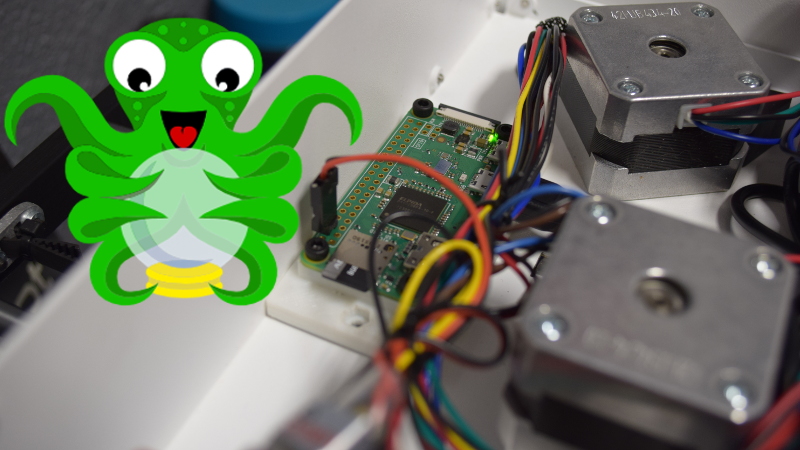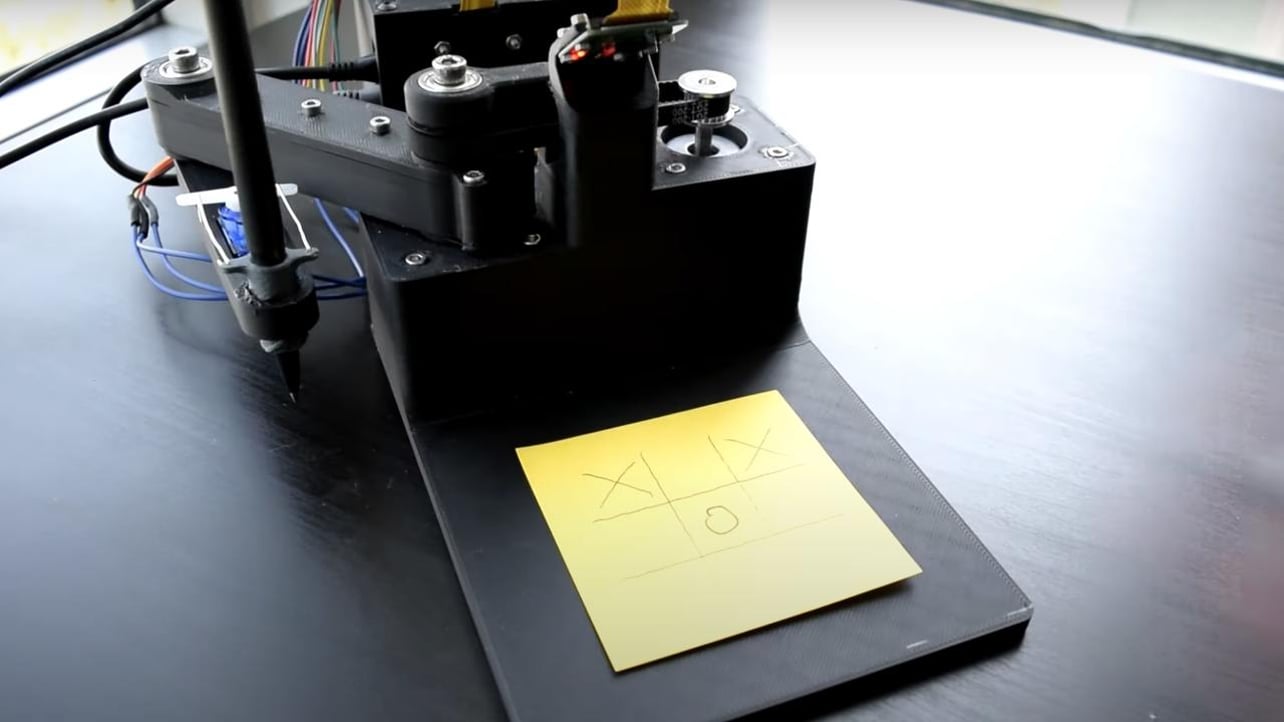
There's also an official Docker image available. With Octo4a there's also a way to run OctoPrint on an Android based smartphone. Alternatively, make a backup via OctoPrint's built-in function for that, flash a fresh image to the SD card and restore the backup on the better model. If you want to migrate your OctoPrint installation off an unsupported model and onto a RPi3 or higher, you should be able to simply move the SD card into the better model. All other models are not to be considered supported and you use them at your own risk, even though OctoPi does boot on them. The officially recommended Raspberry Pi models to run OctoPrint (and OctoPi) on are the Raspberry Pi 3, 3+, 4 and Zero 2. We've observed significant performance issues, even leading to print failures, with the Raspberry Pi Zero/Zero W, which is why these models are not and never have been officially supported by the OctoPrint project, contrary to what you might have read elsewhere on the internet. However, not all models of the Raspberry Pi are officially supported. OctoPrint is most commonly run on Raspberry Pis running OctoPi, the Linux/Raspbian-based prebuilt image ready-made for OctoPrint. You can install it manually from source, but there are also some ready-made installation packages available that make getting up and running a bit easier. It officially supports Linux, Windows, MacOS X and FreeBSD and is actively tested on Linux and Windows. Type the IP into the browser and navigate.


We recommend finding the local IP address of your Raspberry Pi through the router interface instead. OctoPrint is platform agnostic and can run basically anywhere where Python 2.7 or 3.7+ is available. As the octopi.local address does not work in some cases it’s not the most reliable way of logging into OctoPi.


 0 kommentar(er)
0 kommentar(er)
